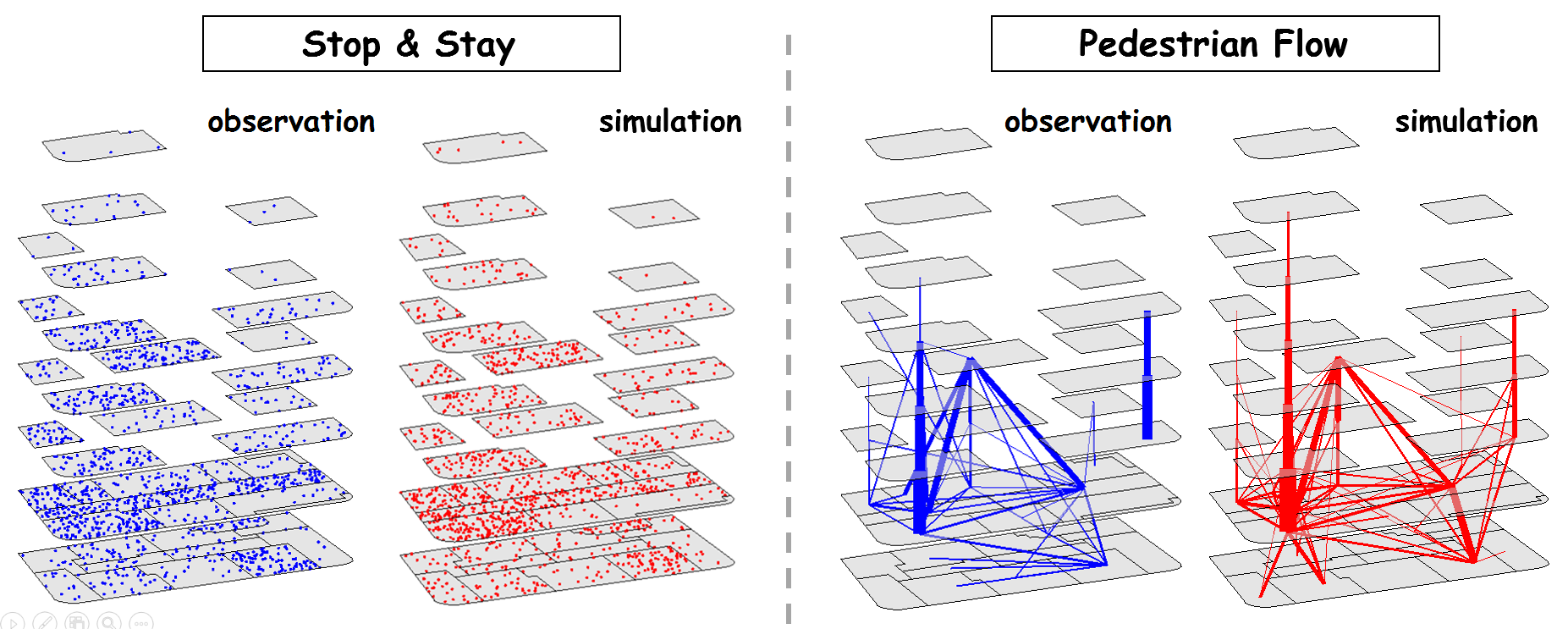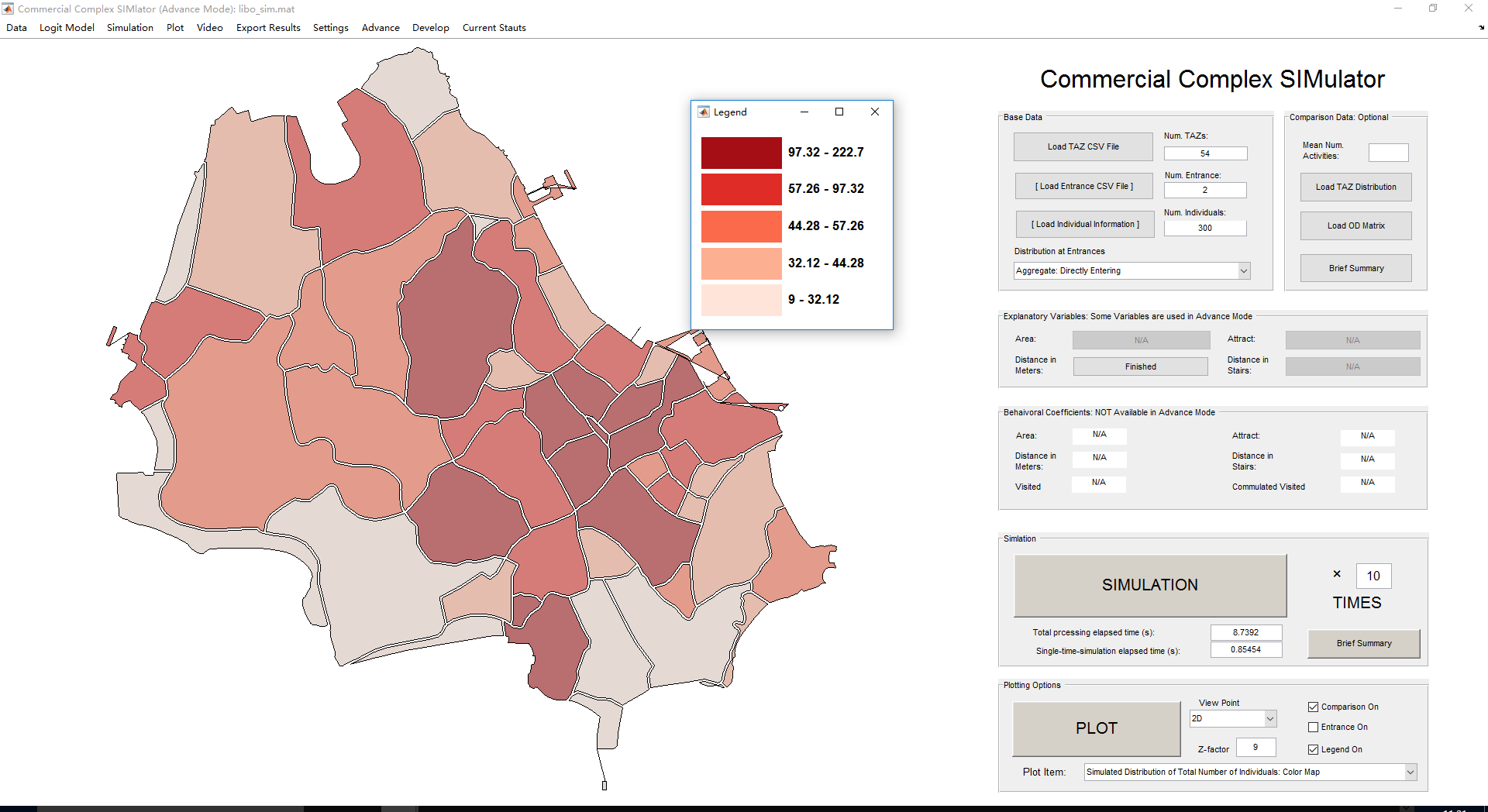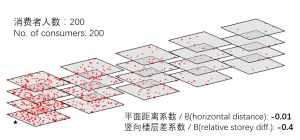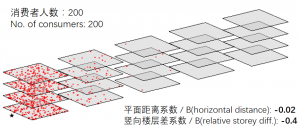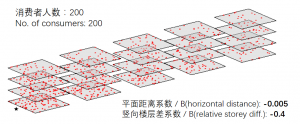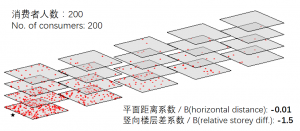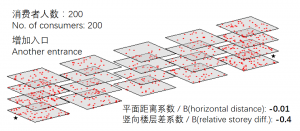写在前面 Notice
1. 这是一个完全免费的工具。
This is a completely free tool.
2. 我不是专业码农,因此不能保证功能不出现问题。如果你在使用中发现任何bug,请和我联系,除了用户电脑本身的问题以外,绝大多数的问题都可以得到及时解决。
It is hard to get rid of all bugs, and I cannot make guarantee for the functionality of the tool. If you find any bug when using it, please contact with me. I promise that most of the problems (expect those caused only by your computer) could be solved in time.
3. 本工具基于Matlab 2015a GUI开发,因此,你的电脑中可能需要安装Matlab Runtime 2015a,具体请看此页。
This tool is developed based on Matlab 2015a GUI, thus you might need to install Matlab Runtime 2015a in advance. You can refer to this page.
下载 Download
CCSIM.zip
使用说明 (User Manul, only in Chinese)
下面是一套带有解说的视频演示文件,是我在师门读书会上演示所用,较为详细地展现了CCSIM的各种工作流程。
The following are some show-how videos with commentary (only in Chinese) which elaborately illustrate functionality of CCSIM. I made these videos for a discussion within our research team.
01. 基础模拟 (Basic Simulation)
02. 导入CAD文件 (Import CAD file)
03. 导入GIS文件与自动生成解释变量 (Import GIS file and Automatically Generate Variables)
04. 使用CCSIM Editor编辑简单方案 (Use CCSIM Editor to Draw a Simple Layout)
05. 使用CCSIM Editor简单修改现有方案 (Use CCSIM Editor to Simply Modify a Layout)
06. 结果导出与对比——多情景比较 (Export and Compare Results: Multi-Scenario Comparison)
07. 结果导出与对比——与实际比较 (Export and Compare Results: Comparison with Observing Results)
08. logit模型估计 (Estimate a Logit Model)
09. 自定义模型系数 (User-Defined Model Parameters)
10. 高级模式:自定义模型变量 (Advance Mode: User-Defined Variables in the Model)
11. 高级模式:数据输入与模型估计 (Advance Mode: Input Data and Estimate a Model)
12. 高级模式:模拟 (Advance Mode: Simulation)
13. 时间:时间数据 (Time: Time Data)
14. 时间:时间交互变量 (Time: Variables Interact with Time)
15. 时间:时空模拟与可视化 (Time: Spatiotemporal Simulation and Visualization)
16. 动态响应:排队效应 (Dynamic Response: Queue)
17. 动态响应:动态参数 (Dynamic Response: Dynamic Variable Parameters)
功能介绍 Introduction of functionality
CCSIM是面向设计人员的一个黑箱式工具,主要目的是对商业综合体中的消费者空间行为进行建模和模拟,预测客流分布。CCSIM也可以用于其他商业空间、休闲游憩空间、展览空间等。事实上,只要你要研究的行为具有如下的“回游 ”特征,CCSIM即可适用:空间被划分为若干小区,个体在其中进行连续的目的地选择行为,直至离开。
CCSIM is developed for modelling and simulating consumers’ spatial behavior in commercial complex (or saying, shopping mall), and predicting flow distribution. It is also suitable for other kinds of commercial space, as well as recreational space or exhibition space. In fact, it could be used for many kinds of ‘walking-around’ behavior, as long as the whole space is divided into several zones, and individuals continuously choose these zones as next destinations until they finally leave.
模拟的最低要求仅仅是一个已分区的空间设计方案——无需任何其他数据。CCSIM可以方便地从AutoCAD或ArcGIS中导入.dxf或.shp文件,并自动生成面积、水平距离、竖向距离(相对楼层差)等基础变量。CCSIM中包含的内置模型可以根据这些基础变量进行模拟预测。因此,即使用户没有做过调查,无法提供行为数据(以估计新模型),仅有一个方案也是可以快速模拟的。
The minimum demand for simulation is just a zoned spatial layout, no other data is needed. CCCSIM could conveniently import AutoCAD .dxf file or ArcGIS .shp file, and automatically generate basic variables such as area, horizontal distance, vertical distance (relative storey difference). A default simple model using these variables has already been built in. Therefore, even though you can not afford any investigation and thus have no behavioral data (for estimation of a new model) at all, it doesn’t matter. A spatial layout alone is enough for quick simulation.
当然,如果用户有做过调查——收集一些个体路径,那么CCSIM可以方便地估计一个新模型:输入数据的形式非常简单,输出的模型结果配有自动生成的解释。用户可以依据需求,自由设定模型中的解释变量,这样的自定义模型可以极大地提高模拟效果。除了基本的空间行为模拟之外,根据数据条件,用户还可能开展时空行为模拟、消费模拟、排队模拟等。
If you are able to collect behavioral data, i.e., some individual routes, CCSIM could help you estimating a new model in quite a user-friendly way. The input data format is very straightforward; and for the output of model estimation, CCSIM provides automatically generated explanations for those who are not familiar with logit model. You can freely specify variables in the model according to your needs. Such a user-defined model would greatly improve the accuracy of simulation. Besides of basic spatial behavior simulation, spatiotemporal behavior simulation, expenditure simulation, and queue simulation are also possible, subject to data you provide.
模拟结果可以通过不同的绘图和视频呈现,并导出为Excel的xlsx文件。
Simulation results could be visualized through plots and videos, and be exported to Excel xlsx file.
应用案例 Application Samples
CCSIM的绝大部分技术来自于我的博士论文对上海市五角场万达广场消费者回游行为的模拟(具体技术比CCSIM更复杂)。
Most of techniques of CCSIM are from my PhD dissertation, in which I simulated consumers’ shop-around behavior in Wujiaochang Wanda Plaza, Shanghai. In fact, techniques of CCSIM are somewhat simpler for ease-of-use and generalization.
我们师门的硕士生任熙元用CCSIM对上海市另一个著名的商业综合体——大宁国际进行了客流模拟,基于模拟结果进行评价与优化。
A master student Ren Xi-Yuan has used CCSIM to simulate consumers’ shopa-around behavior in Da Ning Commercial Center, another famous shopping mall in Shanghai. Spatial evaluations and improvements are studied based on simulations.
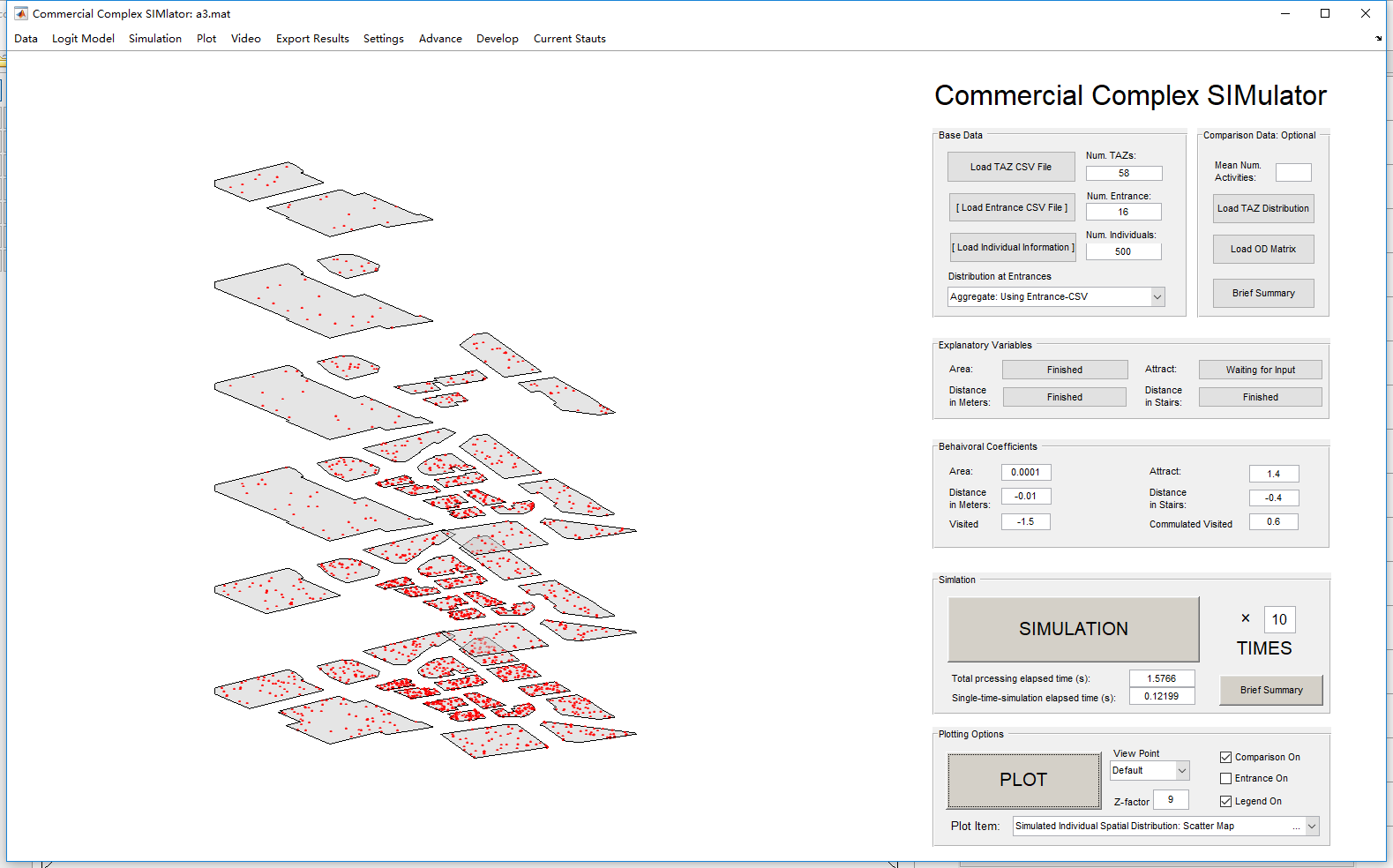 CCSIM还被用于厦门大学李渊副教授对于厦门市鼓浪屿旅游区游客空间行为的模拟中,这表明CCSIM的应用场景并不仅限于商业综合体和商业空间。
CCSIM还被用于厦门大学李渊副教授对于厦门市鼓浪屿旅游区游客空间行为的模拟中,这表明CCSIM的应用场景并不仅限于商业综合体和商业空间。
CCSIM has also been used in simulations of visitors’ spatial behavior in Kulangsu Island, Xiamen, which is a research project of Prof. Li Yuan in Xianmen University. It proves that the application of CCSIM is not limited in commercial complex or other commercial space.
视频示例 Demo Video (in English)
核心技术 Core Technics
CCSIM把消费者的完整活动链(“A—B—C—…”)拆分成一次又一次的选择(从A选择B,从B选择C,……),通过一个logit模型(最经典的离散选择模型形式)解释消费者为什么做出这些选择,解释变量包括各小区的吸引力(如面积、品牌知名度),空间阻抗(如距离)等 。然后以该模型作为消费者的空间行为机制,通过蒙特卡洛方法预测消费者一次次的选择,从这些原始结果可以导出客流分布等更有意义的结果。
In CCSIM, the activity chain of a consumer (e.g. A – B – C – …) would be split to a series of ‘from-to’ choice (from A to B, from B to C, …), then a logit model (classical form of discrete choice model) would be applied to explain these choices. Explanatory variables contains attractiveness of each zone (e.g. area, brand popularity), spatial impedance (e.g. distance), and so on. This model would be used as the mechanism of consumers’ spatial behavior, cooperating with Monte Carlo method to predict their choices at each activity step. These raw results could be further processed to more meaningful results, such as flow distribution.
下面的简单示例解释了logit模型如何作为空间行为机制发挥作用。随意假定场景中有5栋相同的4层建筑,每栋建筑的每一层作为一个小区,唯一的入口位于左端。logit模型中,水平距离和竖向楼层差的系数均为负,表明消费者不愿意多走路或者多爬楼,其绝对值大小表明消费者对此的敏感程度。
Following toy example illustrates how logit model plays a part as mechanism of spatial behavior. We can arbitrarily assume there are 5 buildings with 4 storeys each, the only entrance is on the left side. Now, we specify parameter of both horizontal distance and vertical distance (relative storey difference) in the logit model as negative figures, expressing the common sense that consumers are not willing to go far away or climb stairs up and down.
